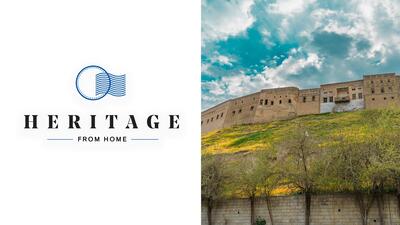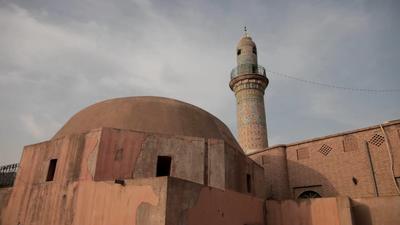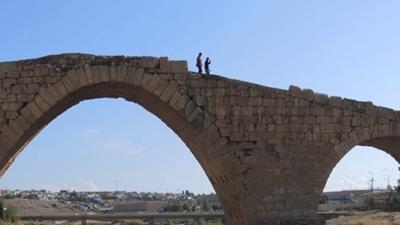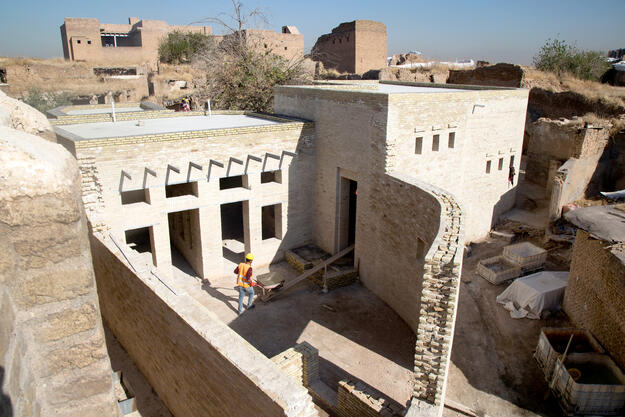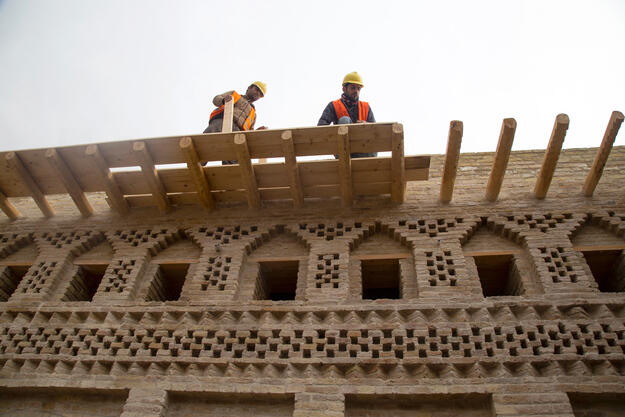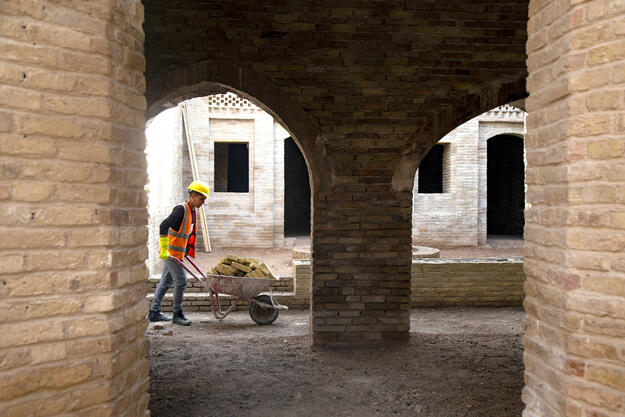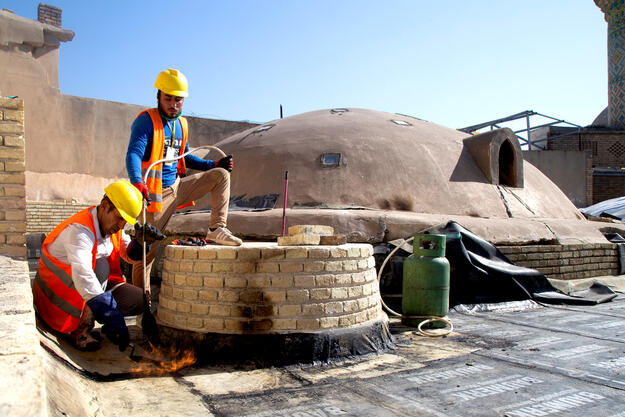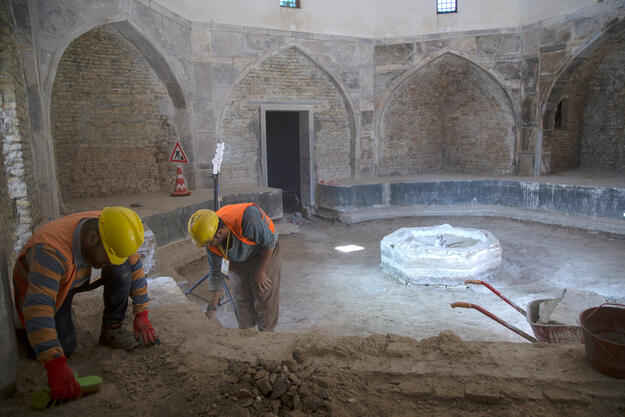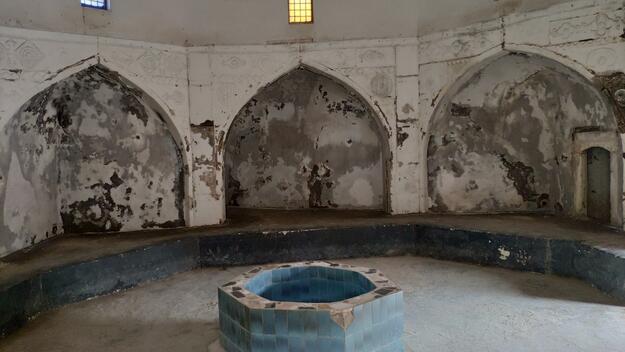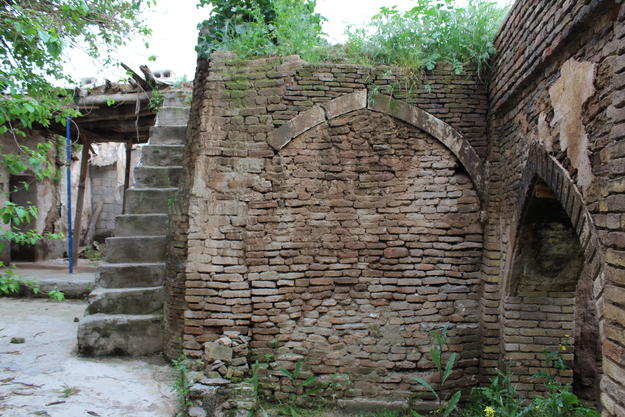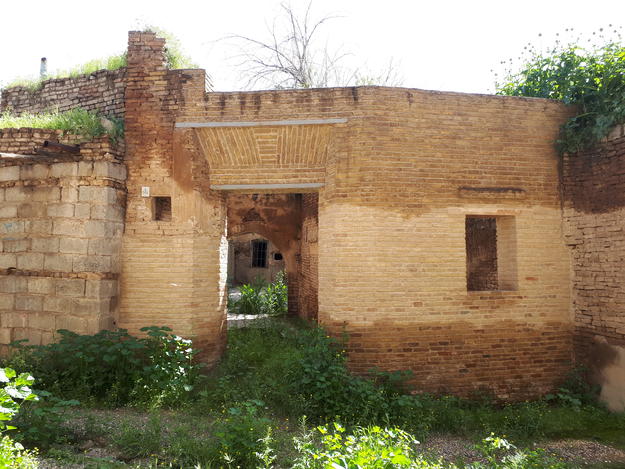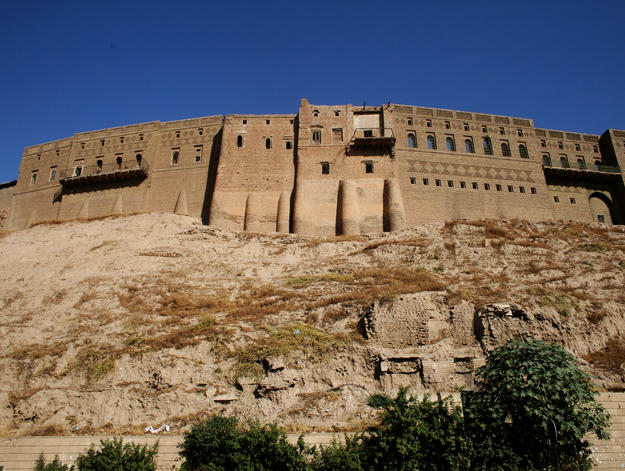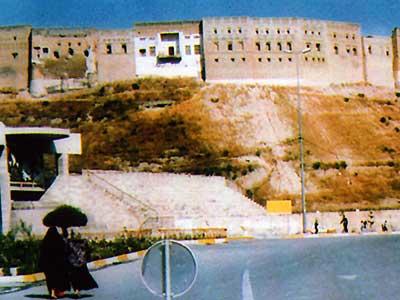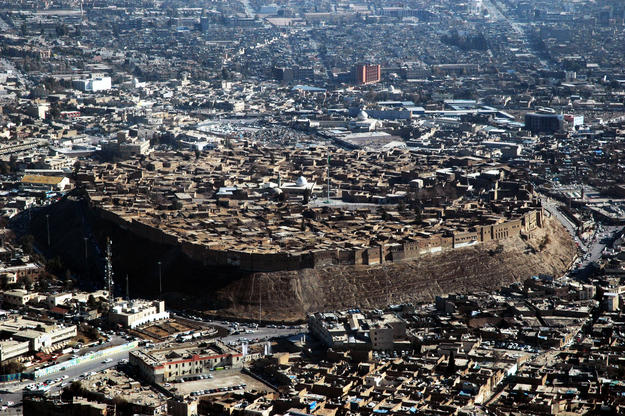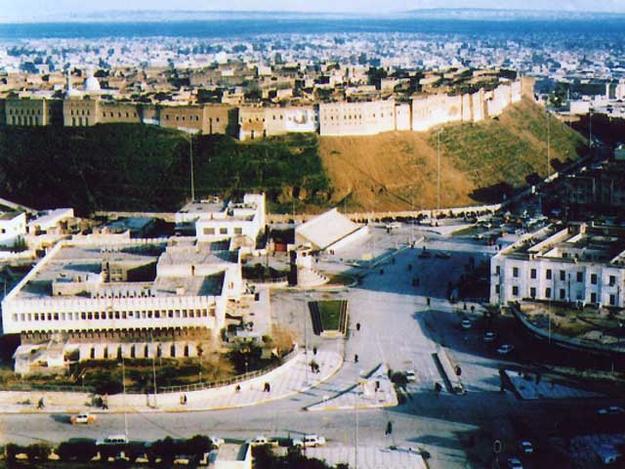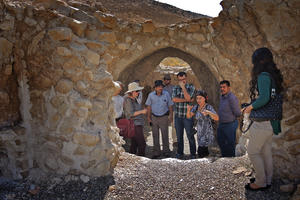Site History and Significance
An Ancient Wonder
Settled more than 6,000 years ago, Erbil Citadel is thought to be one of the longest continuously inhabited sites in the world. The Citadel, located on an archaeological tell rising around 98 ft. (30 m) above the plain, is surrounded by a lower town that developed into the modern city of Erbil. It was an important center in the Neo-Assyrian period, especially under the reign of King Ashurbanipal (669–627 BCE). Alexander the Great defeated the Persian king Darius III on the plains surrounding Erbil in 331 BCE, in one of the most famous battles of antiquity. In the Medieval period, the city was home to important poets, historians, and scholars, and later served as a cultural and administrative center of the Ottoman Empire.
Rehabilitating the Citadel
Today, as the capital of Iraq's Kurdistan region, Erbil remains very much a living city. Decades of civil unrest, however, have taken their toll on the ancient Citadel buildings, many of which still lack electricity and proper drainage and sanitation systems. But the recent developments in Iraq have brought with them opportunity for conserving and repairing the Citadel.
In 2007, the High Commission for Erbil Citadel Revitalization (HCECR) was established, and in 2010, the Citadel was added to Iraq's tentative list for UNESCO World Heritage inclusion following the allocation of more than $13 million in public funds for the preservation of the site. Since then, UNESCO and various other foreign institutions have collaborated with HCECR to produce an overall preservation and rehabilitation project for the Citadel.
The Beginning of a Revitalized Erbil
Among HCECR's achievements is the restoration of various houses, the preparation of a site management plan, and the establishment of buffer zones in the lower town. The Textile Museum was reopened in 2014 after preservation work completed, and the Erbil office of the Institut français du Proche-Orient (Ifpo) is now based in the restored Chalabi House. The first systematic archaeological excavations at the Citadel started in 2013, and in 2014, the Erbil Citadel became a UNESCO World Heritage Site. The Citadel, now accessible to the public, has become a popular destination for both locals and tourists from other regions of Iraq.
Our Involvement
Since the Watch
To raise awareness of the urgent need to protect the site, Erbil Citadel was placed on the 2000, 2002, and 2004 World Monuments Watch. In 2019, in cooperation with HCECR, World Monuments Fund (WMF) began two new projects as part of a master plan to repopulate the Citadel with new activities: the restoration of the hammam, and the restoration of the Heritage Building Complex for the installation of a Children's Interpretation Center. Work to restore the Heritage Building Complex was completed in late 2020 with the installation of the Children's Interpretation Center nearly finished, while work on the historic hammam is ongoing.
Learn More
World Monuments Fund safeguards cultural heritage around the globe, ensuring our treasured places are preserved for present and future generations.
Sign up for our newsletter to receive regular updates on our projects, stories from the field, upcoming events, and more!
![]()
World Monuments Fund’s work at the Erbil Citadel has been made possible, in part, by the U.S. Embassy Baghdad and the U.S. Consulate General Erbil.
Videos
